Automatic language translation
Our website uses an automatic service to translate our content into different languages. These translations should be used as a guide only. See our Accessibility page for further information.

This information is about coercive control.

Coercive control is when someone does things to control you.

They might

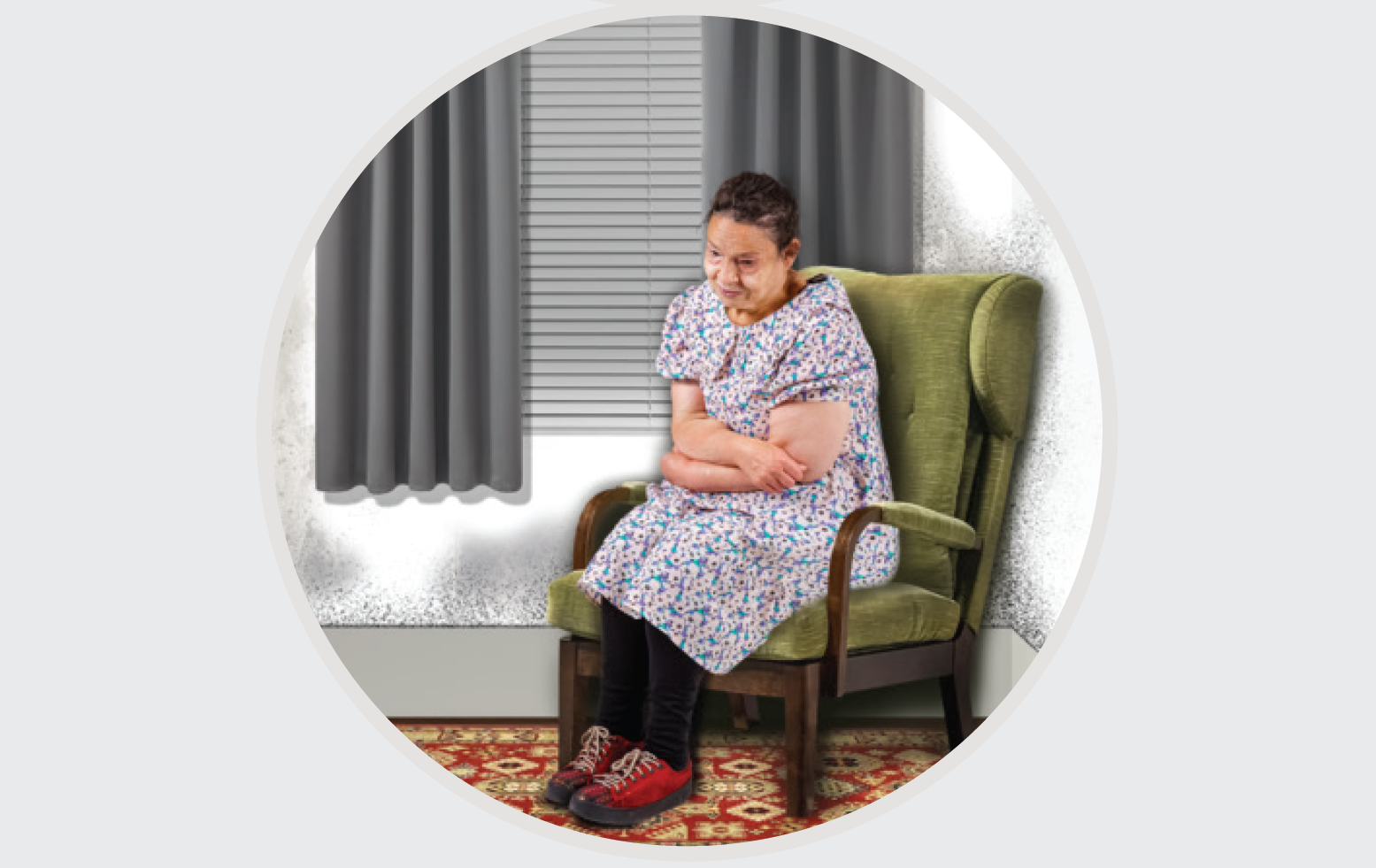

You can ask for support to read this information sheet.

You can ask for support from a



Coercive control is a type of abuse.
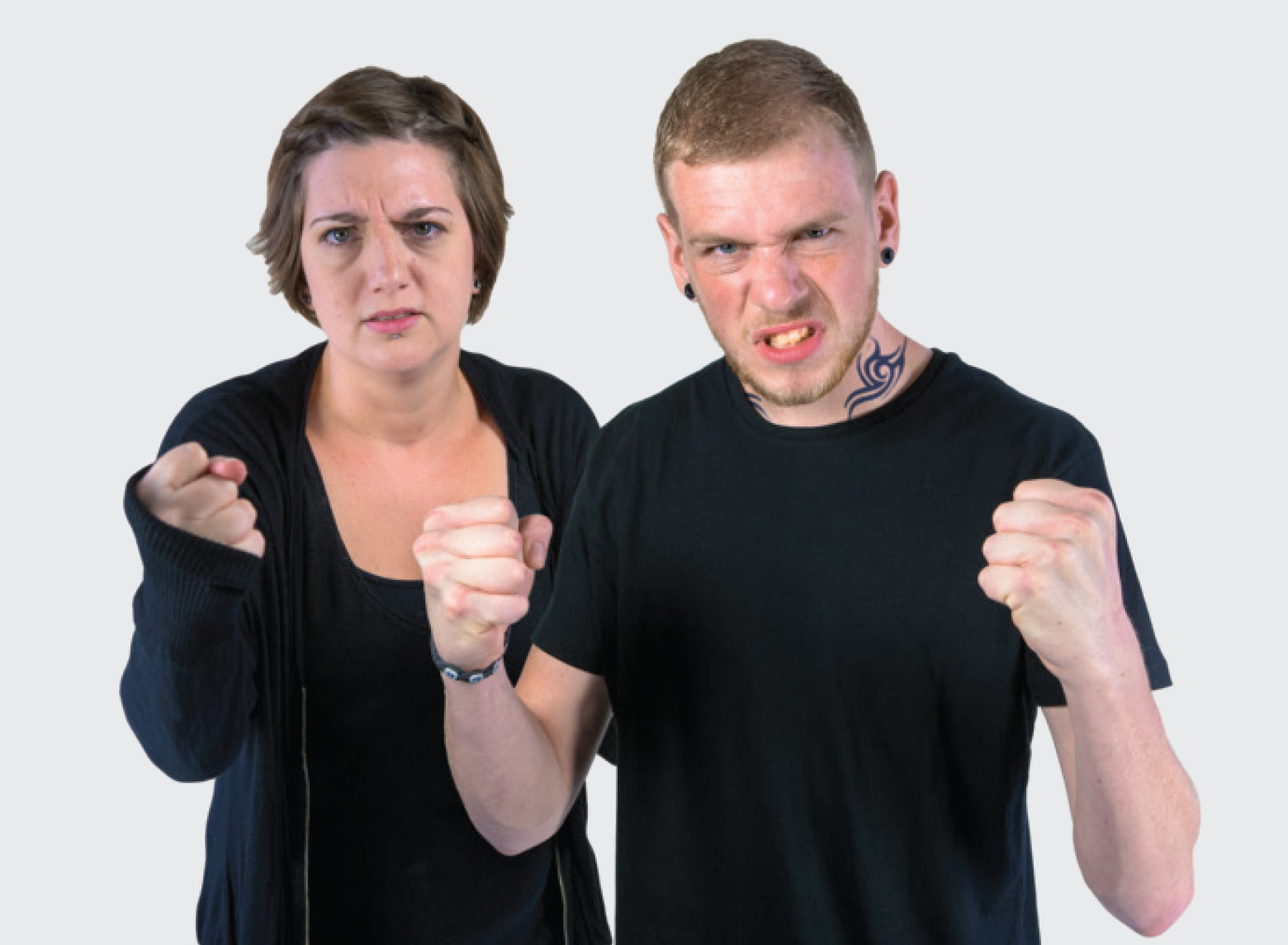
Abuse is when someone hurts you.
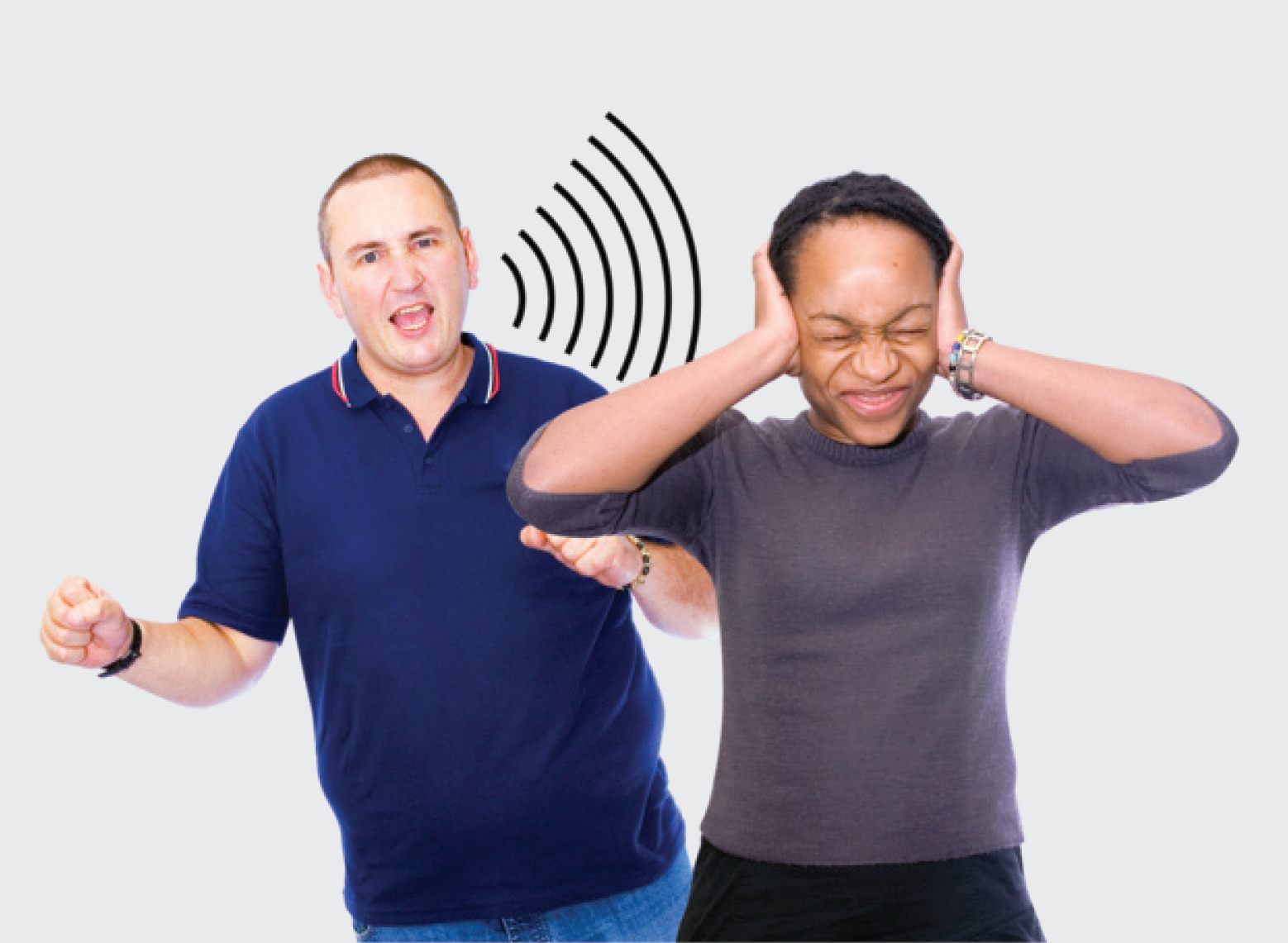
It can be physical or not physical.

Physical means they hurt your body.
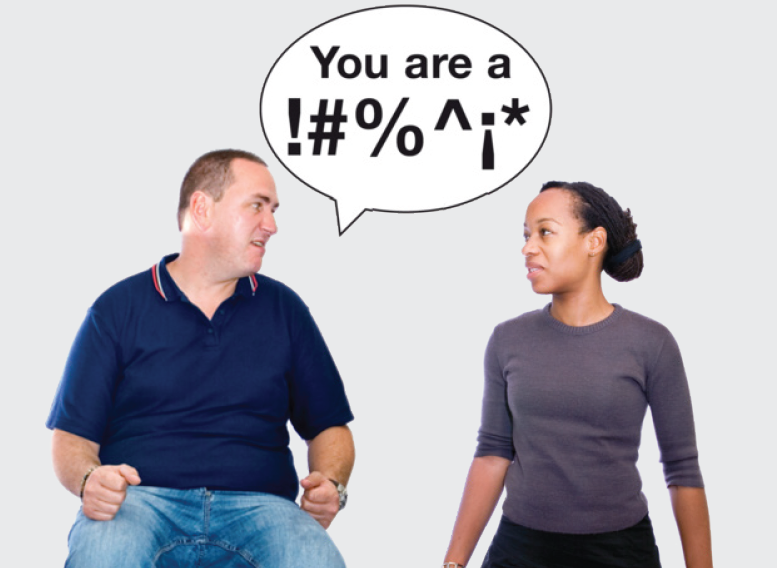
Not physical means they hurt you in other ways like they say bad things to you.
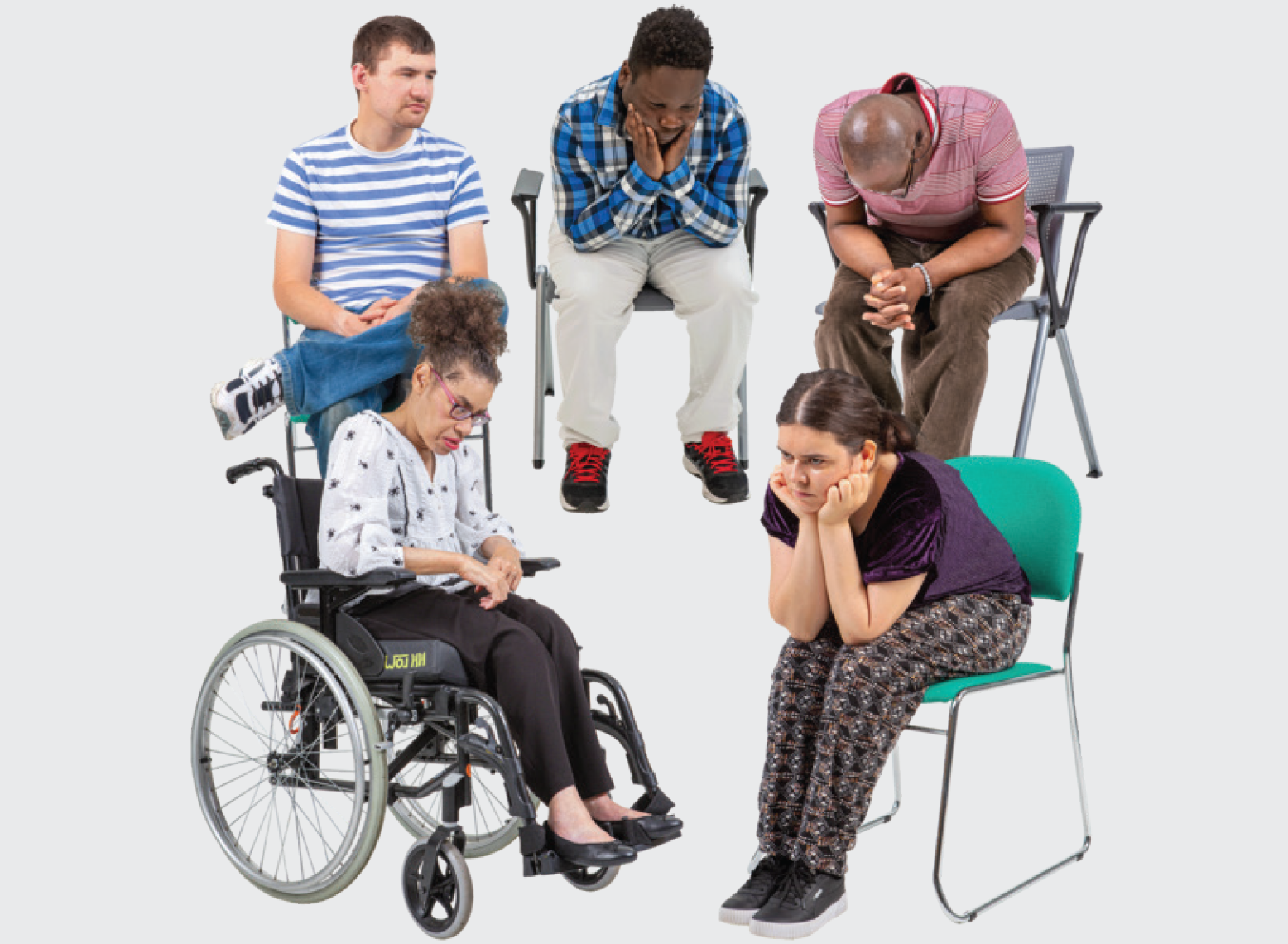
Coercive control can be different for everyone.

It can happen with people you are
• Dating
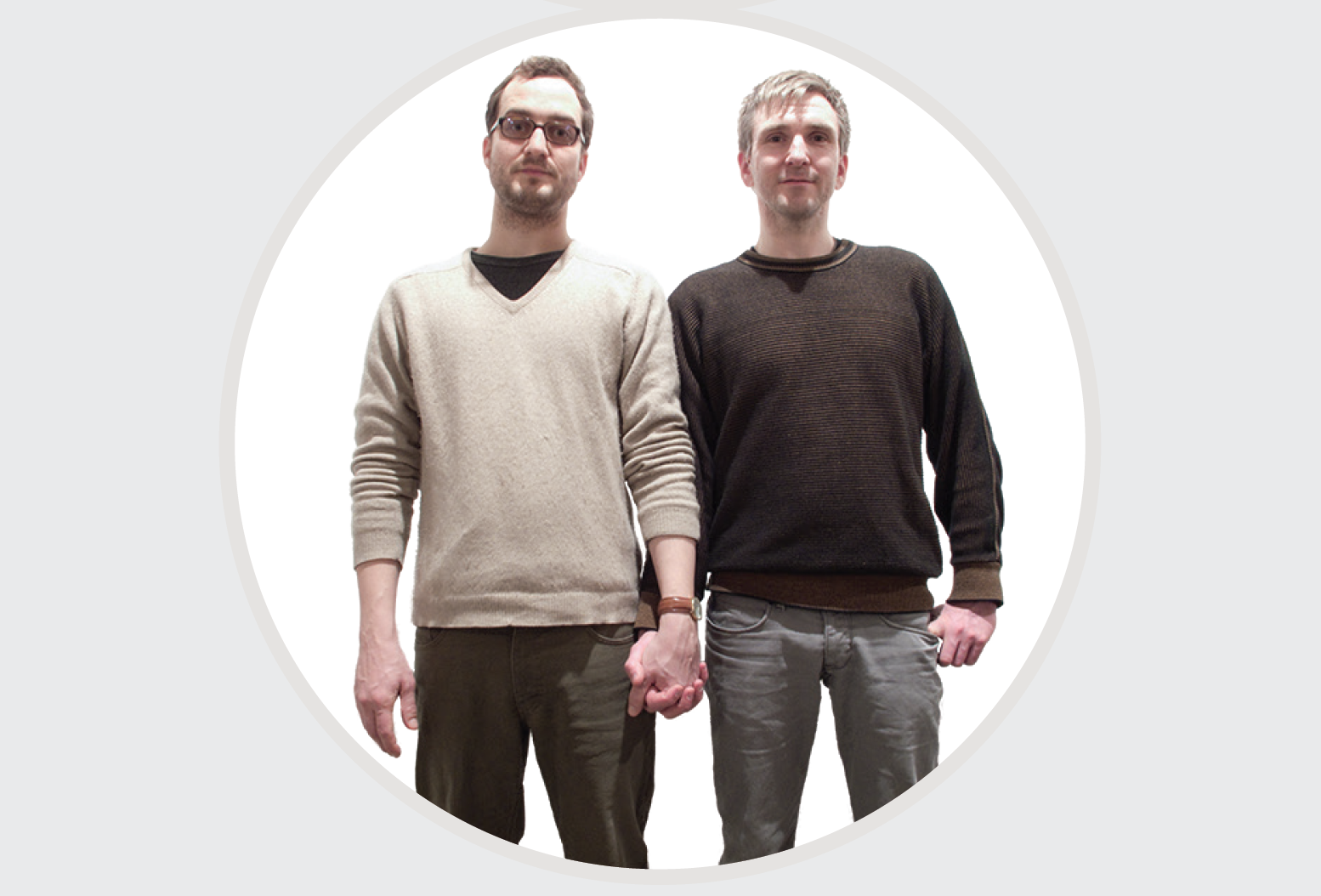

It can also happen with someone you were in a relationship with before.

It can happen with
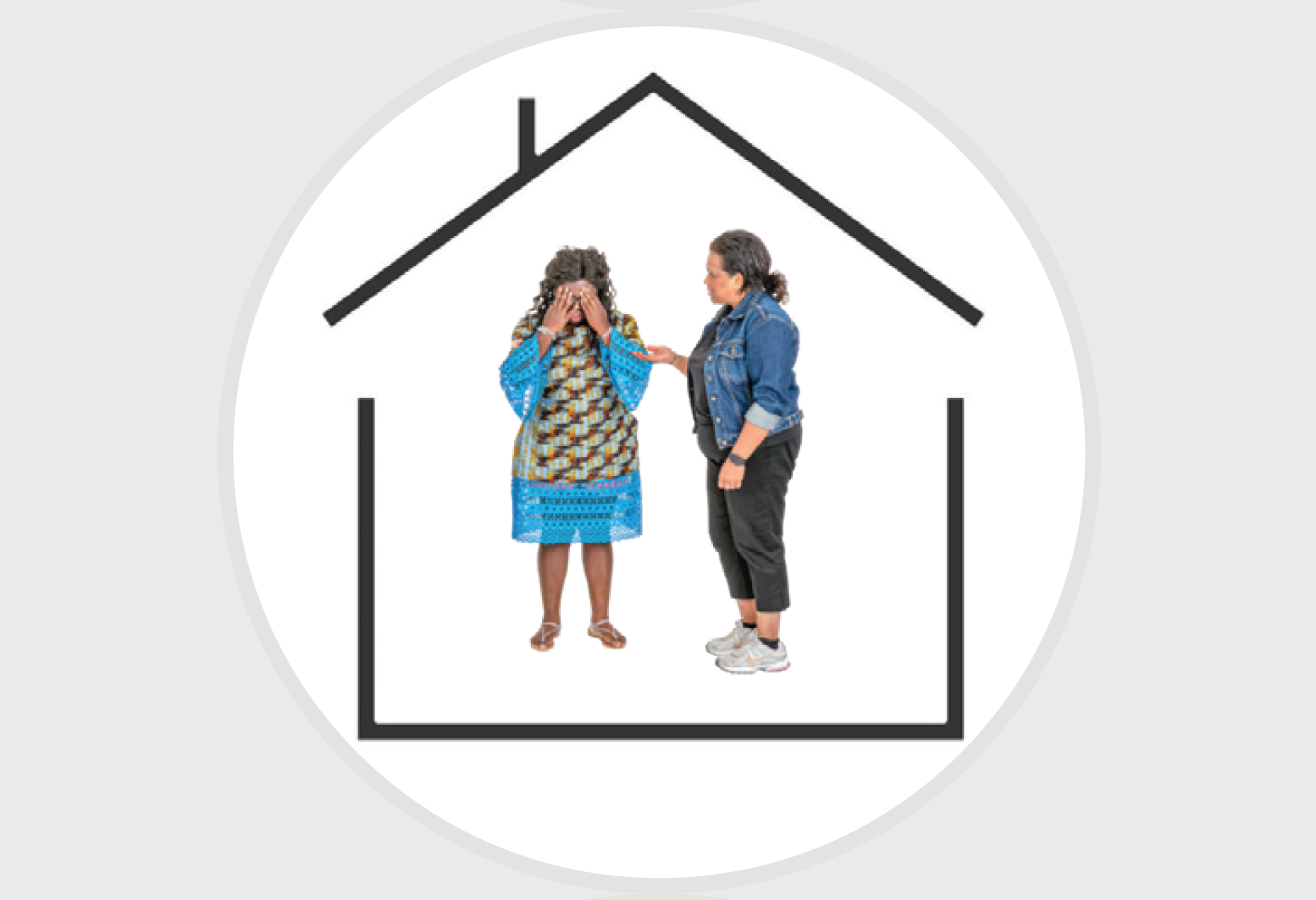

A carer is someone who looks after you.
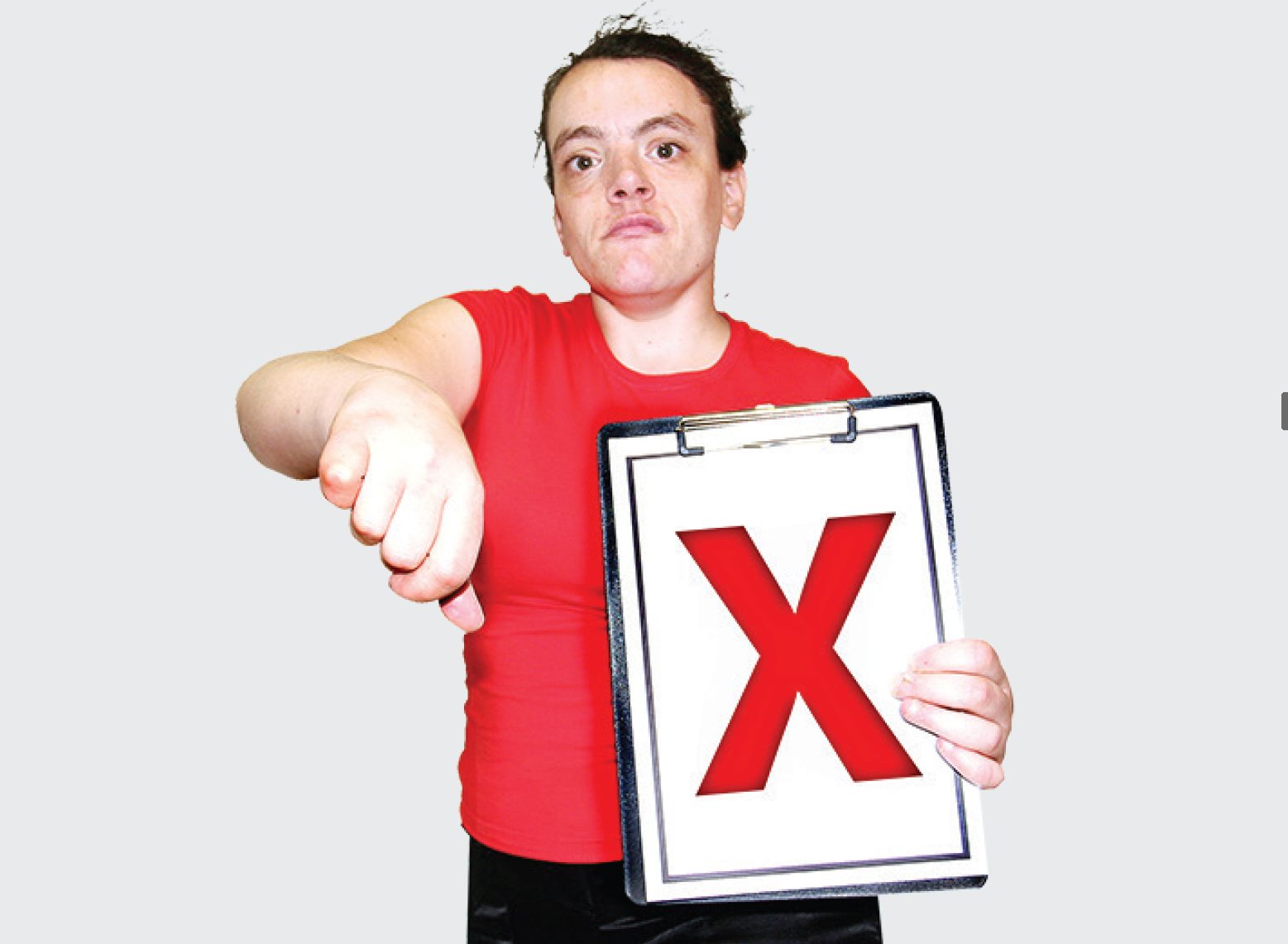
Coercive control is always wrong.
Last updated: